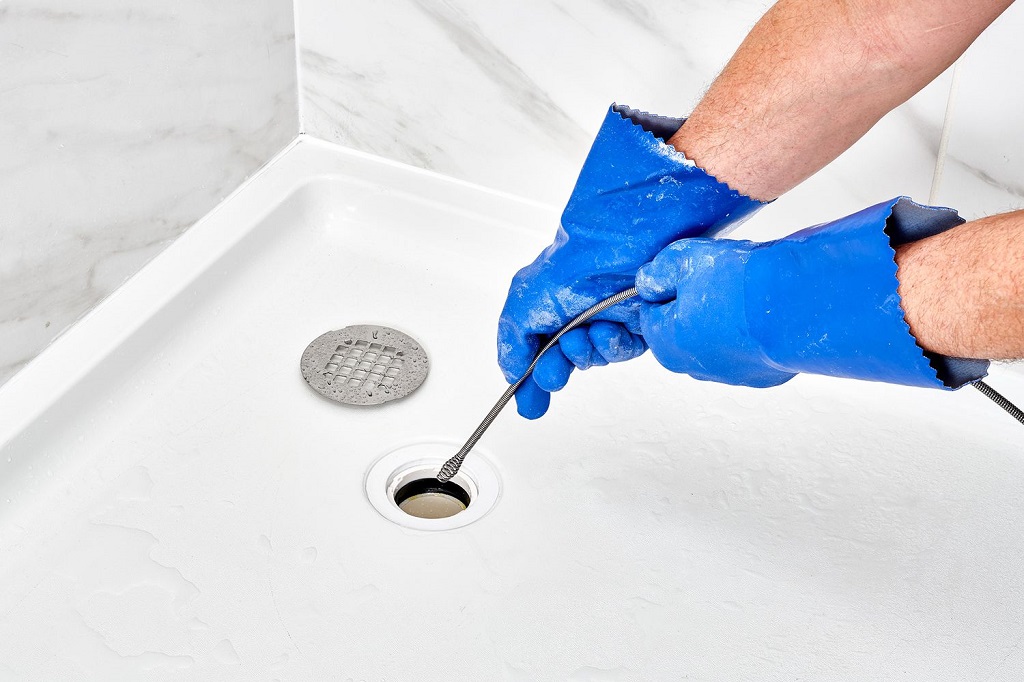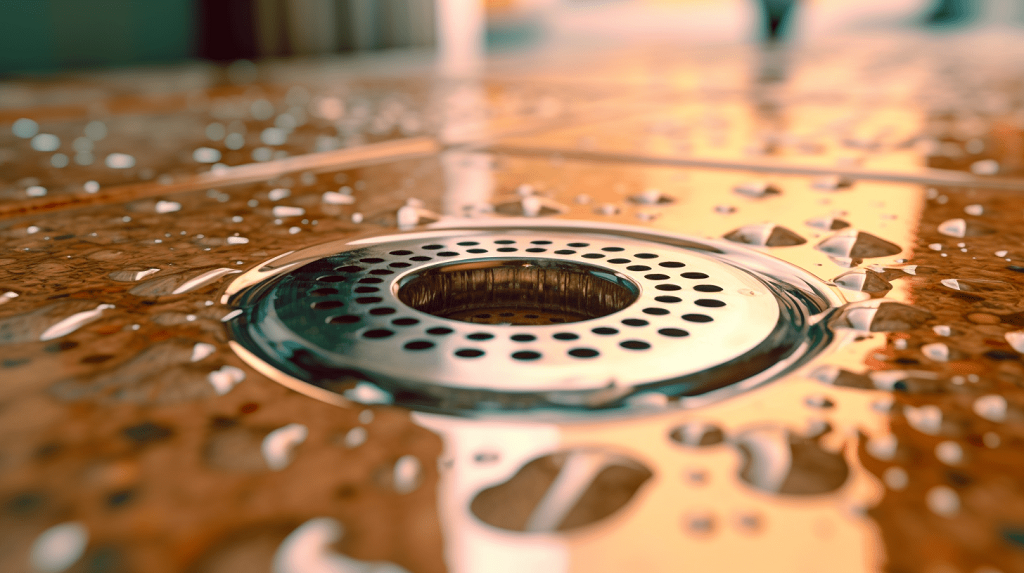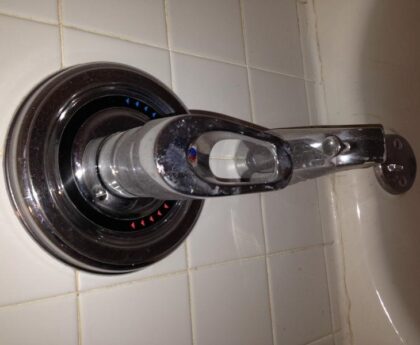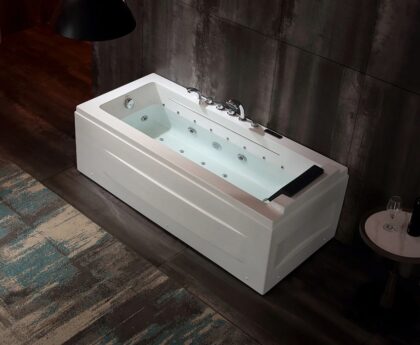A clogged shower drain can be a frustrating experience. Standing water, unpleasant odors, and the inconvenience of a non-functioning shower can quickly disrupt your daily routine. But before you call a plumber, there are several effective methods you can try to unclog the drain yourself.
This guide equips you with the knowledge and tools to tackle a clogged shower drain. We’ll explore various methods, from simple DIY solutions using household items to using a plunger or a drain snake. We’ll also provide valuable tips to prevent future clogs and maintain a healthy shower drain.
Understanding the Clog: Common Culprits
The first step is to understand the potential cause of the clog. Here are some of the most common culprits:
- Hair: Hair is a frequent offender, accumulating over time and forming a clog that traps soap scum and other debris.
- Soap Scum: Mineral deposits from hard water can combine with soap scum to create a persistent clog.
- Foreign Objects: Small toys, jewelry, or other objects accidentally dropped down the drain can cause blockages.
DIY Solutions: Safe and Effective Methods
Before diving into more aggressive techniques, try these safe and effective DIY methods using household items:
-
Boiling Water: This simple method can sometimes dislodge soap scum buildup. Boil a pot of water and carefully pour it down the drain. The hot water can help melt and loosen soap scum, allowing it to flow freely.
-
Baking Soda and Vinegar: This classic combination creates a fizzing reaction that can help break down clogs. Pour about ½ cup of baking soda down the drain, followed by 1 cup of white vinegar. The mixture will fizz and bubble – let it sit for 15-30 minutes. Then, flush the drain with hot water.
-
Plunger: A regular sink plunger can be surprisingly effective for shower drains. Fill the shower pan with enough water to cover the plunger cup. Create a tight seal around the drain and plunge vigorously for 15-20 seconds. The suction can help dislodge the clog.
Important Note: Avoid using a toilet plunger for your shower drain, as the larger size may not create a proper seal.
Stepping Up Your Arsenal: Drain Cleaning Tools
If the DIY methods don’t solve the problem, it’s time to consider using drain cleaning tools:
-
Drain Snake (Zip-It): A drain snake, also known as a Zip-It, is a long, flexible metal cable with a corkscrew-shaped tip. Insert the snake carefully down the drain, turning the handle to feed the cable in. The cable can grab and remove hair and debris. Once you feel resistance, gently pull the snake out, removing the clog.
-
Chemical Drain Cleaners: These can be effective for tough clogs, but use them with caution. Always follow the manufacturer’s instructions carefully and wear gloves and eye protection. Chemical drain cleaners can be harsh on pipes and should only be used as a last resort.
Safety Precautions: When using a drain snake or chemical drain cleaners, be mindful of potential damage to pipes. If you’re uncomfortable using these tools, or if the clog persists, it’s best to call a professional plumber.
Preventing Clog Formation: Proactive Maintenance Tips
The best approach to clogged drains is to prevent them from happening in the first place. Here are some proactive maintenance tips:
- Drain Screen: Install a drain screen over the shower drain to catch hair and debris before they enter the drainpipe. Empty and clean the drain screen regularly.
- Minimize Hair Buildup: Encourage hair removal outside the shower to minimize the amount that goes down the drain. A shower drain hair catcher can also help.
- Avoid Harsh Chemicals: Limit the use of harsh hair care products and oily soaps in the shower, as these can contribute to soap scum buildup.
- Regular Hot Water Flush: Occasionally, pour a pot of hot water down the drain to help flush out any soap scum buildup.
When to Call a Professional Plumber
If none of the DIY methods work, or if you’re uncomfortable using certain tools, it’s time to call a professional plumber. Here are some signs that indicate professional help is needed:
- Deep Clog: If the clog is deep within the pipes beyond the reach of a drain snake, a plumber may have specialized equipment to clear it.
- Damaged Pipes: If you suspect the clog is caused by damaged pipes due to corrosion or leaks, a plumber can diagnose and repair the issue.
- Recurring Clogs: Frequent clogs might indicate a more significant underlying problem within the plumbing system. A plumber can investigate and recommend a permanent solution.
Related: How Do You Remove a Gerber Shower Handle?
Conclusion: A Shower Fit for a King (or Queen)
A clogged shower drain can disrupt your daily routine, but with the right knowledge and tools, you can often tackle the problem yourself. By understanding the common culprits, trying the safe and effective DIY methods first, and escalating to drain cleaning tools or a plumber when necessary, you can get your shower back in top shape. Remember, prevention is key. Simple habits like using a drain screen, minimizing hair buildup, and occasional hot water flushes can go a long way in maintaining a healthy and clog-free shower drain. With a little effort, you can keep your shower functioning smoothly and ensure a relaxing and enjoyable showering experience.







